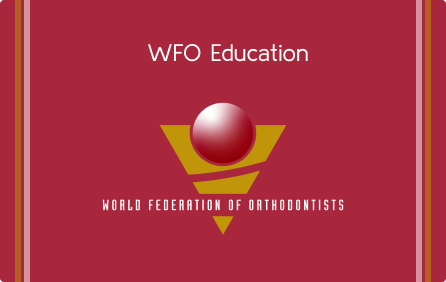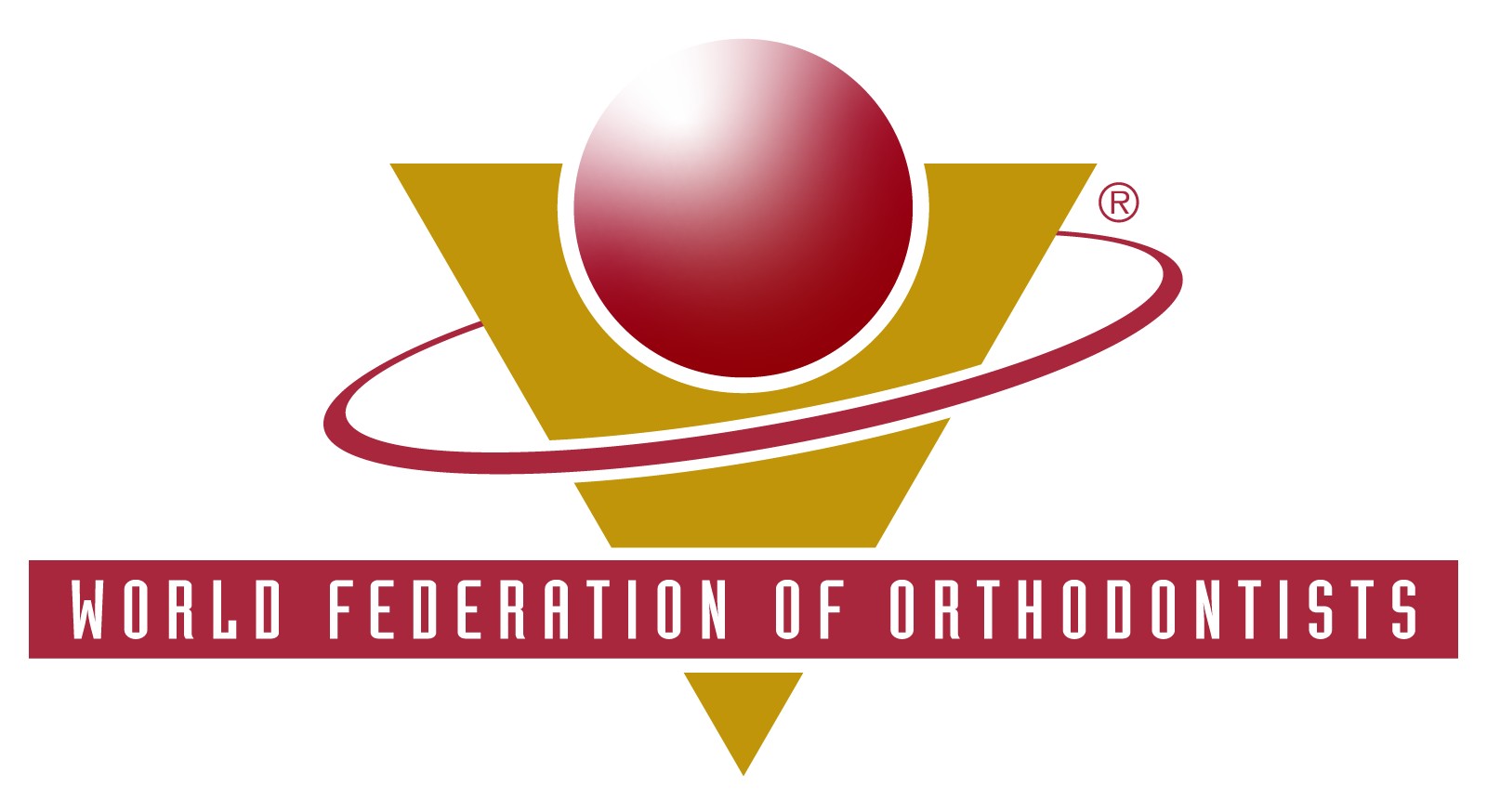
Is it really the proper decision for every patient to treat their malocclusion without extraction just because it is possible to force the teeth into alignment? Shouldn’t we also consider if the malocclusion may be treated safely with premolar extraction? When deciding on non-extraction orthodontic treatment for patients, it is necessary to not only consider the space for tooth movement but also to prepare in advance an environment that can be safely maintained during treatment and after treatment.
In the case of Biocreative Orthodontic Strategy (BOS) treatment, which aims to naturally achieve a physiologically stable occlusion and harmony of the masticatory muscles and temporomandibular joint, there are 10 simple and core diagnostic treatment principles to determine the feasibility of extraction/non-extraction orthodontic treatment. This is called the TAKE ACTION principle. Princlples outlined in the presentation also include: The Tripod Principle, the importance of the airway (airway is a great big deal), the Alveolar bone boundary, and the importance of target setting (target tooth/bone movement). All of these principles are very important in establishing an appropriate treatment plan.
Through this presentation, the speaker shall explain 1. The pros and cons of tooth extraction/non-extraction orthodontic treatment, 2. The criteria for determining tooth extraction/non-extraction by applying the TAKE ACTION principle, and 3. The importance and risks of selecting various treatment tools when attempting non-extraction orthodontic treatment. Audience members will learn specific clinical tactics and overall treatment protocols that will broaden their scope of treatment options.
